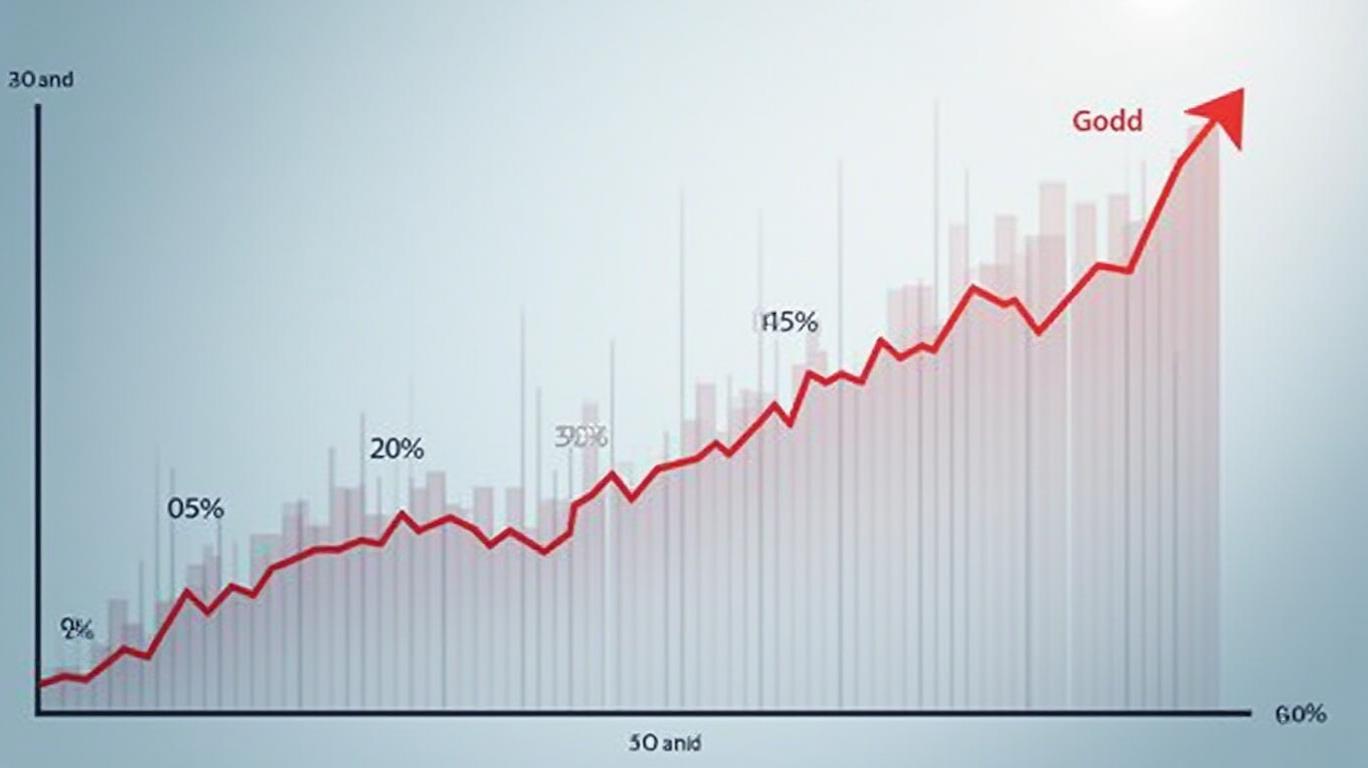NRO Deposits in 2025: A High-Yield Crossroads Amid RBI Rate Challenges

The Reserve Bank of India’s (RBI) 2025 guidelines for Non-Resident Ordinary (NRO) deposits have set the stage for a complex balancing act for investors. While the RBI has maintained relatively attractive interest rates for NRO term deposits—reaching up to 7.15% for larger sums—the interplay of penalties, tax obligations, and shifting market dynamics is testing the viability of these instruments as reliable growth vehicles.
The Interest Rate Landscape: A Double-Edged Sword
The RBI’s tiered interest rate structure for NRO deposits aims to reward large investors while maintaining accessibility for smaller sums. Deposits under ₹3 crore earn 7.05% annually for one-year terms, tapering to 6% for 8–10 year tenors. For deposits between ₹3–10 crore, rates dip slightly to 6.70% for 1–2 year terms, signaling a clear incentive to lock in shorter durations. Meanwhile, callable deposits—those with flexible maturity options—offer up to 7% for one-year tenors, though shorter tenors (e.g., 7 days) yield as low as 5.25%.
The rates, while competitive, come with strings attached. For instance, the 0.5–1% penalty for premature withdrawals on deposits over ₹5 lakh can erase gains for investors needing liquidity. “The math is unforgiving,” says one Mumbai-based financial advisor. “Pulling out ₹1 crore after six months could cost you ₹50,000 in penalties, which eats into the 6.75% yield.”
Regulatory Constraints: A Web of Penalties and Prohibitions
The RBI’s 2025 directions emphasize transparency and standardization, but these rules create operational hurdles. Banks must adhere to uniform rates across branches, eliminating competitive pricing strategies. Additionally, prohibitions on incentives—such as commissions for mobilizing deposits—limit banks’ ability to attract investors.
Penalties for early withdrawals are particularly punitive. Deposits under ₹5 lakh face a 0.5% penalty if withdrawn before 12 months, while larger sums incur a flat 1% penalty regardless of tenure. Worse, overdue deposits—those unclaimed after maturity—are subject to the lower of the savings account rate or the original deposit rate, potentially halving returns.

Tax Considerations: The Silent Erosion
Unlike Foreign Currency Non-Resident (FCNR) deposits, interest on NRO accounts is taxable in India. This compounds the challenge for non-residents, who may already face double taxation in their home countries. For instance, a senior citizen earning 7.75% (base + 0.75% senior citizen benefit) on a ₹2 crore NRO deposit could see their net return drop to 5–6% after taxes, depending on their tax bracket.
The FCNR(N) vs NRO Dilemma
FCNR deposits, which allow interest retention in foreign currency, offer a compelling alternative. While their rates (e.g., Overnight ARR + 400–500 bps for 1–5 year tenors) are competitive with NRO’s top tiers, their tax-free status and repatriation flexibility make them more attractive for long-term investors. However, FCNR’s lack of premature withdrawal interest after one year tempers this advantage.
Strategic Considerations for Investors
To navigate these challenges, investors must prioritize:
1. Tenure Discipline: Avoid premature withdrawals to maximize yields. The 7.05% one-year rate, for example, becomes a losing proposition if broken early.
2. Liquidity Planning: Smaller deposits (<₹5 lakh) face lighter penalties, making them better suited for shorter-term needs.
3. Tax Optimization: Pair NRO with tax-efficient instruments like FCNR or overseas investments to offset India’s 30% TDS.
Conclusion: NRO’s Place in a High-Rate World
The RBI’s 2025 framework underscores NRO deposits as a niche instrument for disciplined, long-term investors. While rates like 7.15% for ₹10–25 crore deposits remain enticing, the penalties, tax drag, and lack of flexibility dilute their appeal. For instance, a ₹50 lakh deposit earning 7.05% over five years yields ₹1.92 lakh annually pre-tax—a solid return—until penalties or tax cuts it by 20–30%.

Investors must weigh these factors carefully. NRO deposits thrive in a “set-and-forget” environment but falter when liquidity needs arise. As RBI rates remain elevated, NRO’s value hinges on whether its structured yields can outpace the costs of its constraints—a calculus that demands precision, patience, and a clear understanding of the fine print.
In 2025, NRO deposits are less a surefire growth tool and more a strategic choice for those willing to accept trade-offs in pursuit of stable, albeit taxed, returns.










